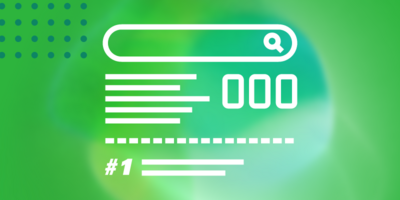- AI Solutions
- Industries
- AI Projects
- Knowledge
- About us
Chief Artificial Intelligence Officer (CAIO)
The role of Chief Artificial Intelligence Officer (CAIO) is gaining increasing importance as companies struggle to maximise the performance and efficiency of Artificial Intelligence (AI). Main reasons for this include the lack of an AI strategy, difficulties in selecting AI models and tools, and a shortage of qualified staff.
The CAIO plays a crucial role in overcoming these challenges, and coordinating and promoting the implementation and use of AI in the company strategy. It is predicted that about 35% of large companies will appoint a CAIO in the next two years to undertake these responsibilities.
Definition
A CAIO is a senior executive who bears overall responsibility for the strategy, development and implementation of AI initiatives within a company. As a member of the management team, the CAIO reports directly to the Chief Executive Officer (CEO).
The use of generative AI in businesses has significantly increased in recent years due to the advancements of OpenAI and GPT models. The easy integration of the OpenAI chatbot, ChatGPT, has led to strong interest and the emergence of new application areas. Consequently, high expectations have been placed on the fast implementation of generative AI in businesses. In fact, 60% of companies are already using generative AI in their business processes (as of 23/10).
However, generative AI also entails challenges and potential impacts on traditional business and revenue models. Moreover, it leads to considerable changes in the world of work, bringing about further qualification of workers. In the future, it is expected that more than half of the jobs will be associated with virtual robot colleagues.
Nevertheless, the introduction of generative AI often takes longer than originally assumed. By creating the position of the CAIO, companies directly address this challenge and establish a role that focuses on the coordination and implementation of Artificial Intelligence in general.
Main Duties of a CAIO
The main duty of a CAIO is to oversee the entire AI strategy of an organisation and ensure that it corresponds to the business objectives.
In detail, the responsibilities of a CAIO include:
- Vision and Strategy: A CAIO formulates a forward-looking AI strategy, aligned with the business objectives. In doing so, he identifies potential areas of application for AI and ensures the successful implementation.
- Implementation and Scaling: The CAIO is responsible for implementing the AI strategy. This involves coordinating with various departments, mobilising resources, and drafting scaling plans.
- Ethics and Compliance: Owing to ethical aspects in the use of AI, the CAIO supervises the correct handling of data. He ensures that AI tools respect the boundaries of privacy and operate without inherent prejudices.
- Stakeholder Communication: The CAIO acts as an ambassador for AI. He explains AI technology, addresses concerns, and highlights the specific benefits in order to create clarity.
- Continuous Learning and Innovation: In the dynamic world of AI, continuous learning is essential for a CAIO. He must always stay up to date and promote a culture of innovation.
Challenges of a CAIO
The position of CAIO involves various challenges:
- Technical challenges include dealing with inconsistencies and biases caused by ”AI hallucination”. Also, ensuring data and cyber security and managing computing performance and the need to make AI and its results explainable, especially in sensitive industries and areas.
- Operational challenges include cost control in the deployment and hosting of AI. Besides, the implementation in the company can be hindered by the lack of qualified AI specialists and the acceptance of AI usage by employees. The digital transformation also requires a considerable amount of time. Last but not least, all compliance prerequisites have to be met.
- At a strategic level, challenges are to find the right product-market fit and to develop clear visions for the use of AI. It is important to maintain brand reputation and strengthen competitiveness. Also, regulatory requirements need to be considered and incorporated into decision-making processes.
The Future of the CAIO
In the future, the role of the CAIO will likely become even more strategic, cross-sectional, and ethically oriented. As a central figure, the CAIO will be responsible for ensuring that AI initiatives align with the overall strategy of the organisation and contribute to achieving its goals. Ethical considerations will increasingly come to the fore as AI technologies continue to evolve. Therefore, it is expected of the CAIO to establish guidelines and regulations to ensure AI is used responsibly and with due regard for privacy, fairness, and transparency.
Sources:
https://bernardmarr.com/what-is-the-role-of-a-chief-ai-officer/
https://www.forbes.com/sites/bernardmarr/2023/08/18/why-every-company-needs-a-chief-ai-officer/




